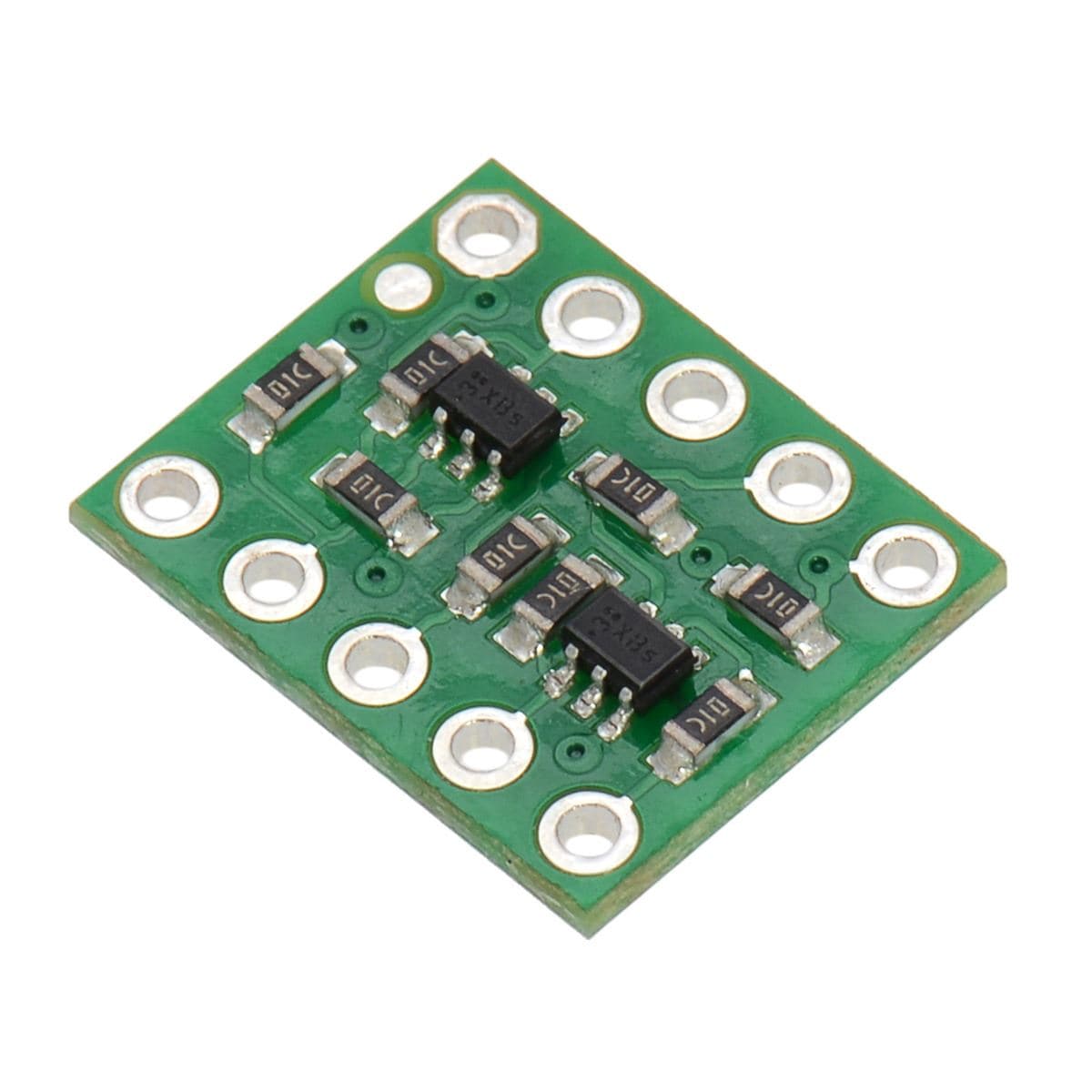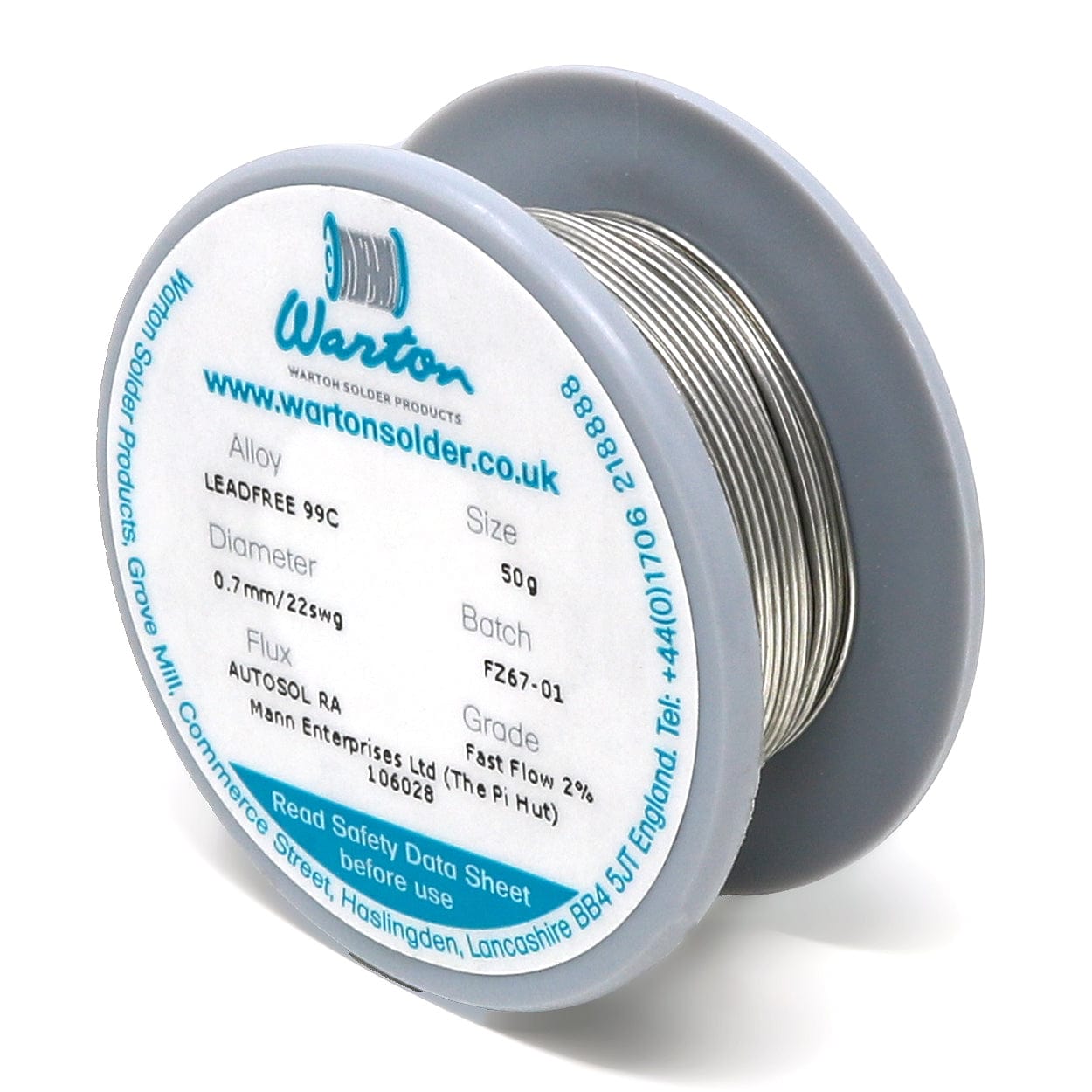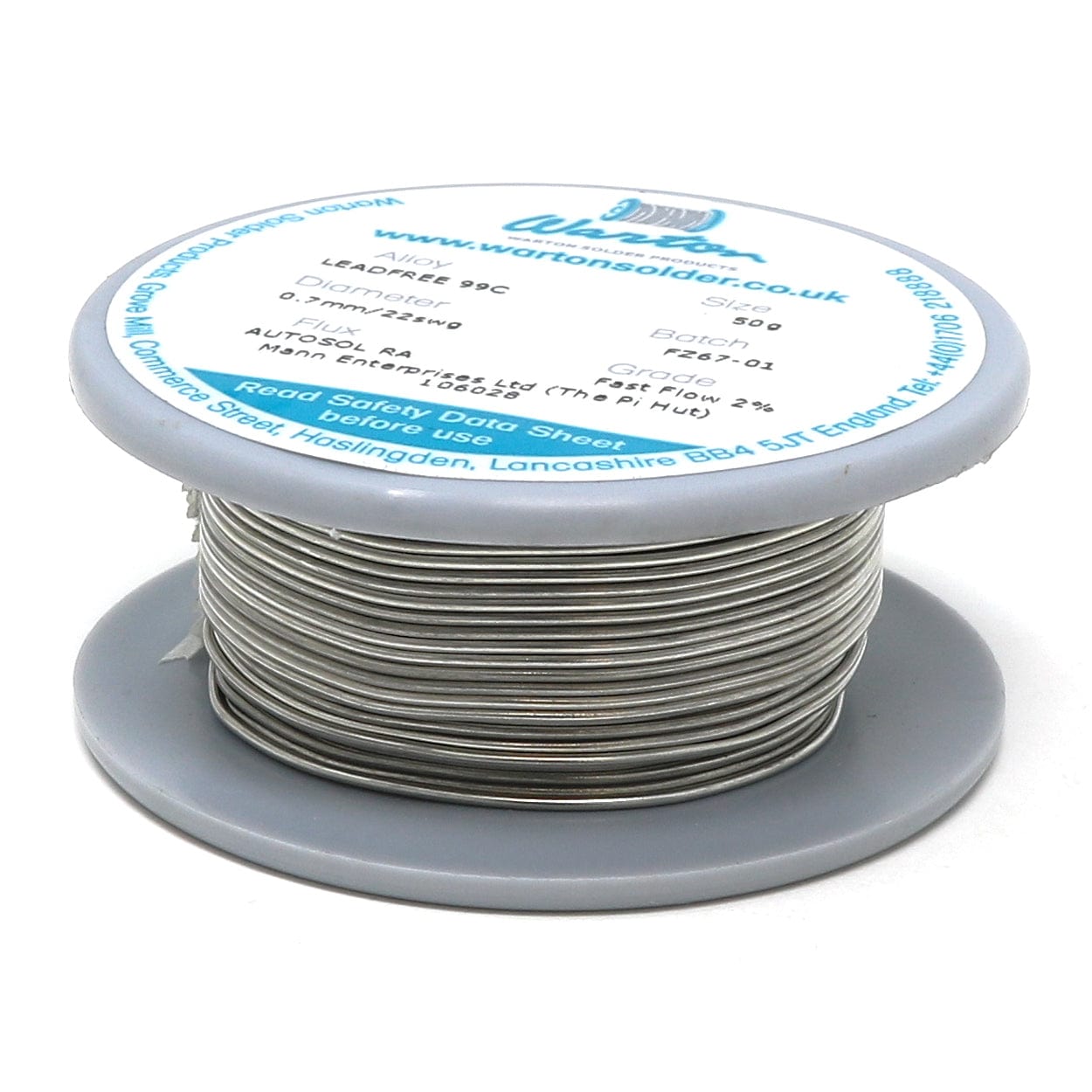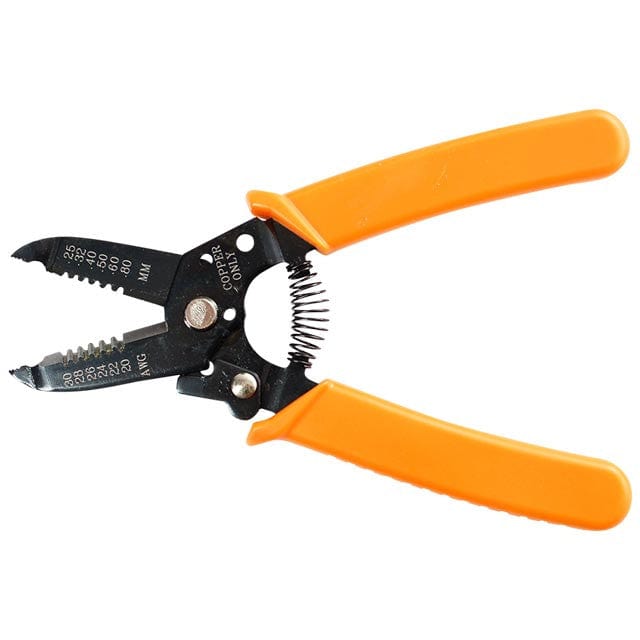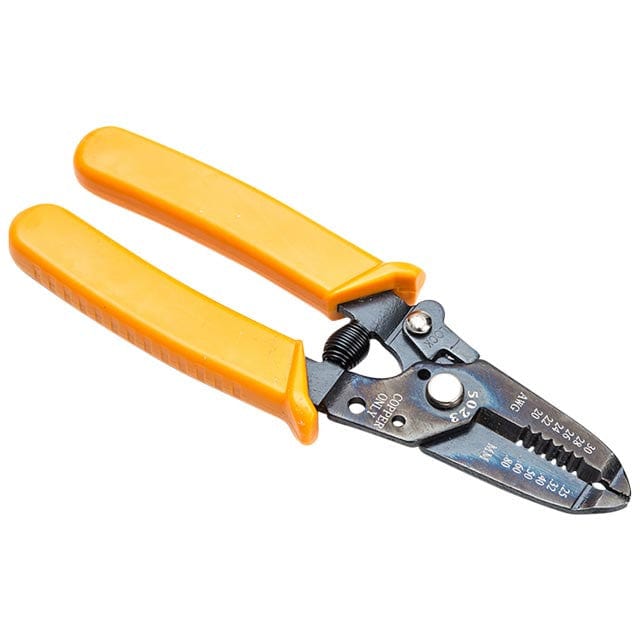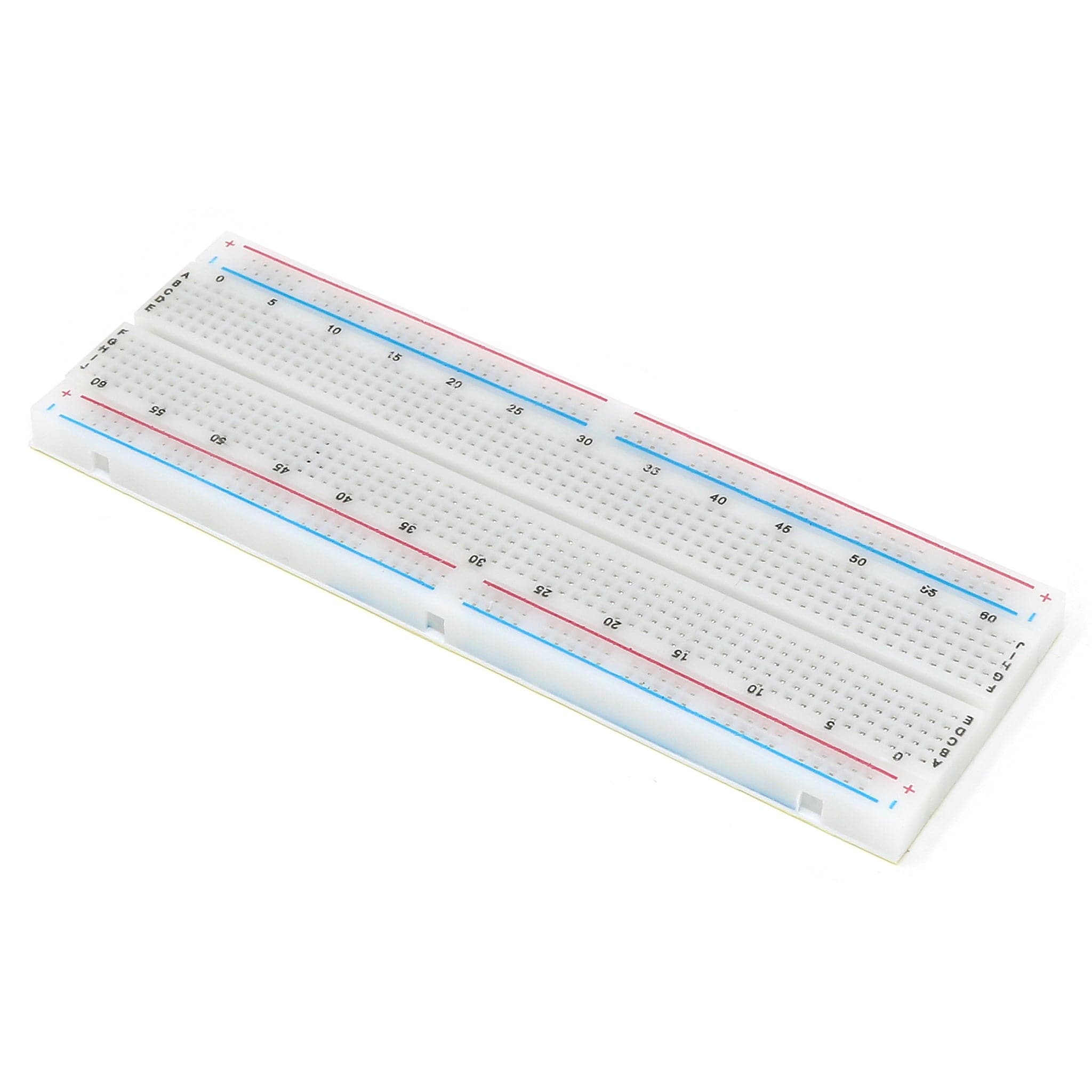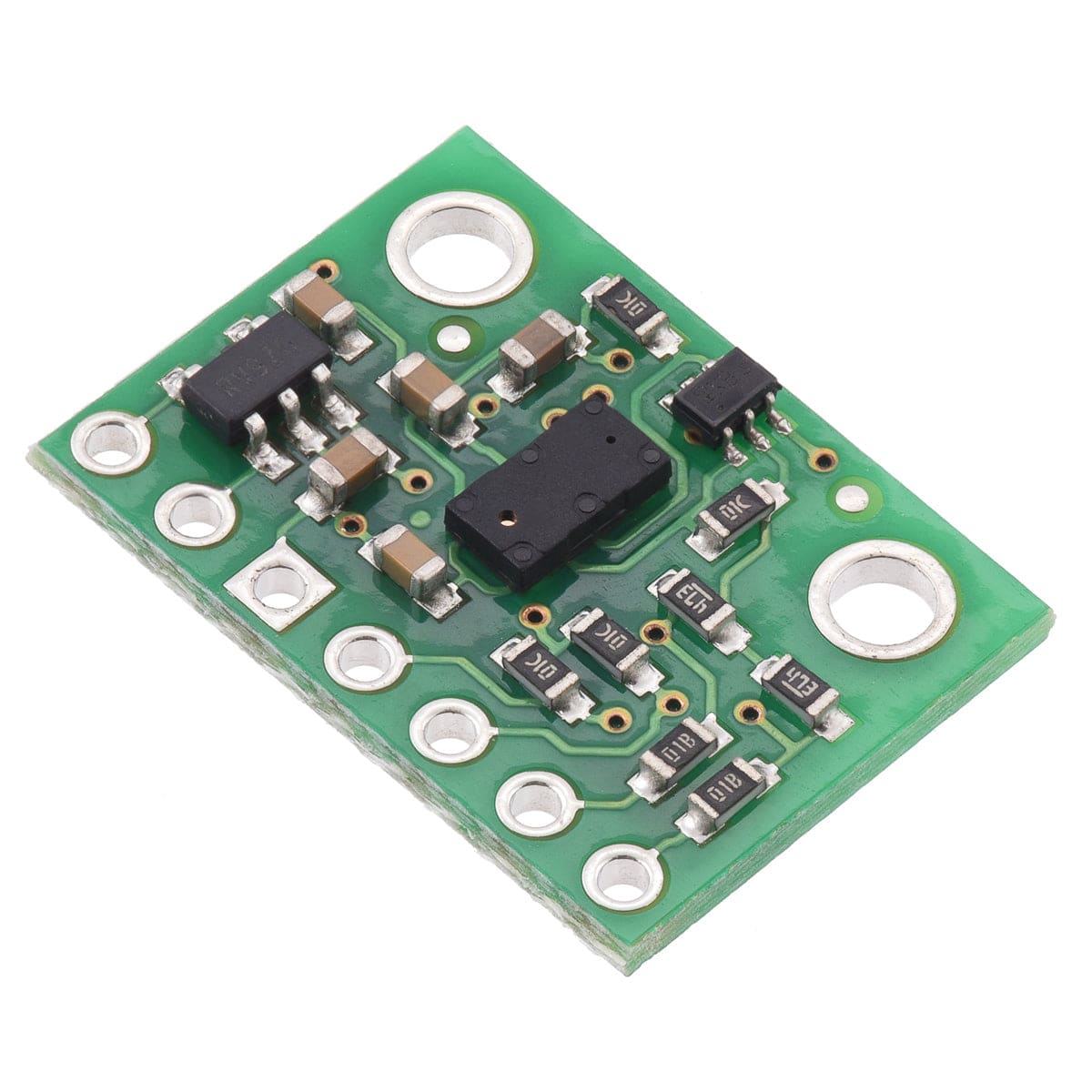
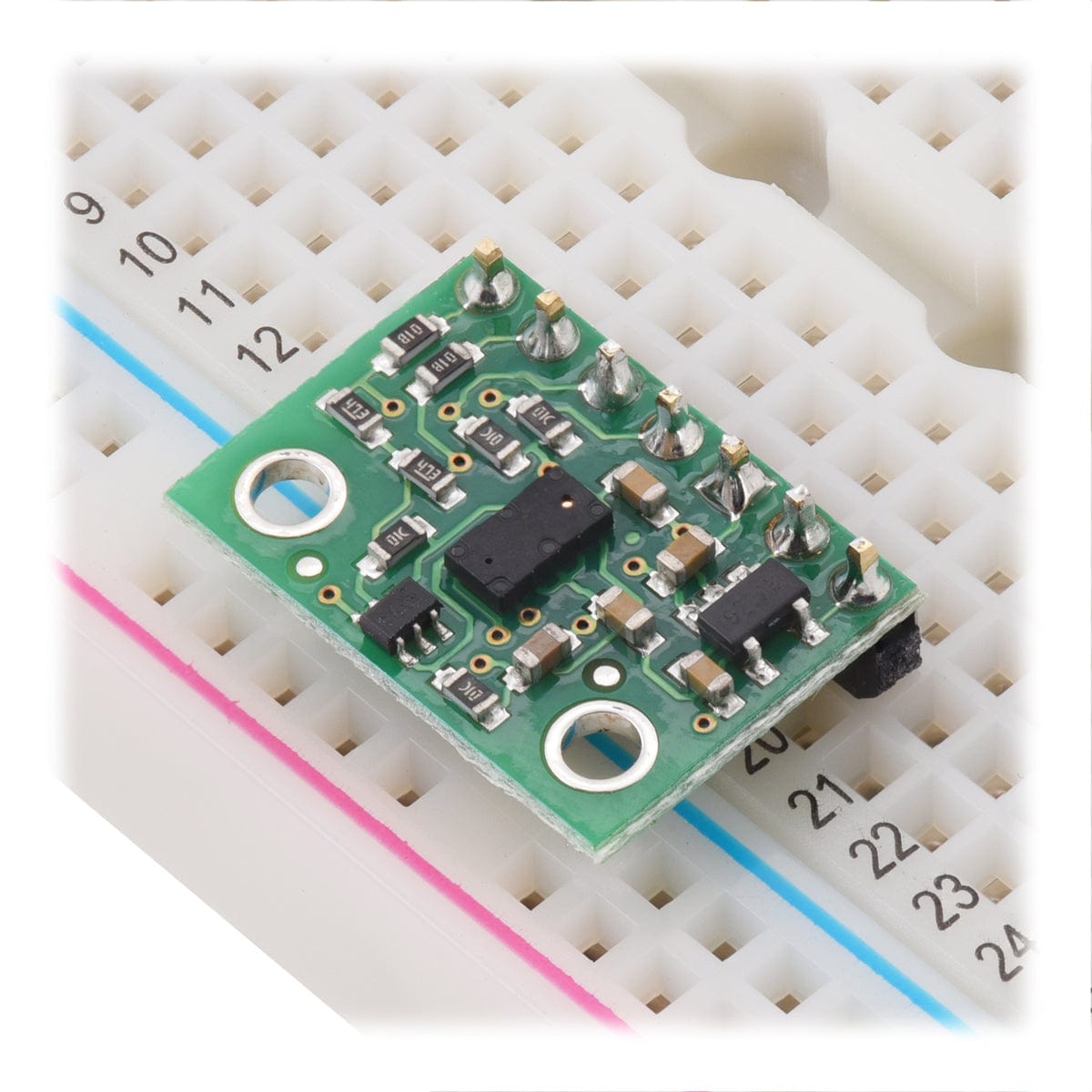
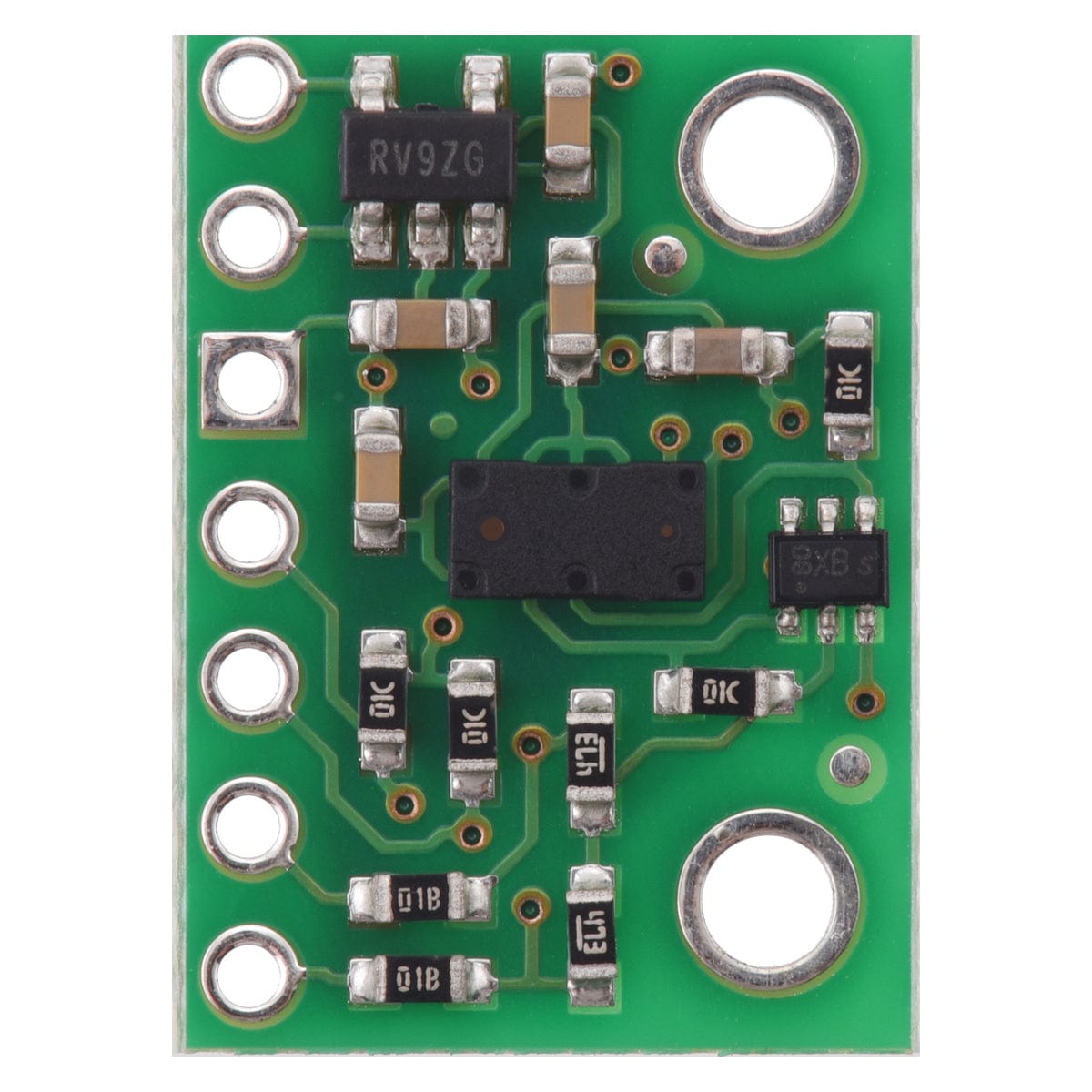
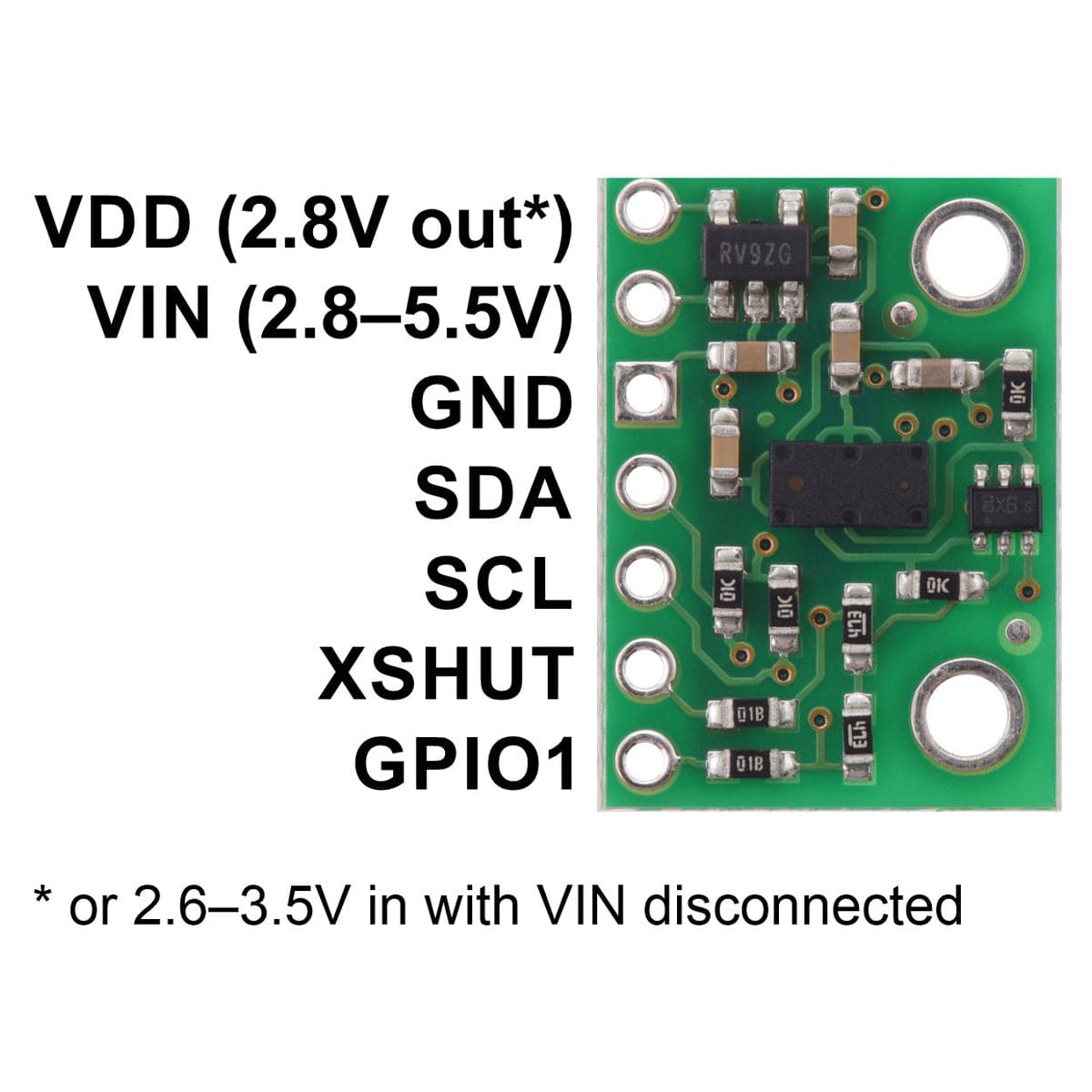
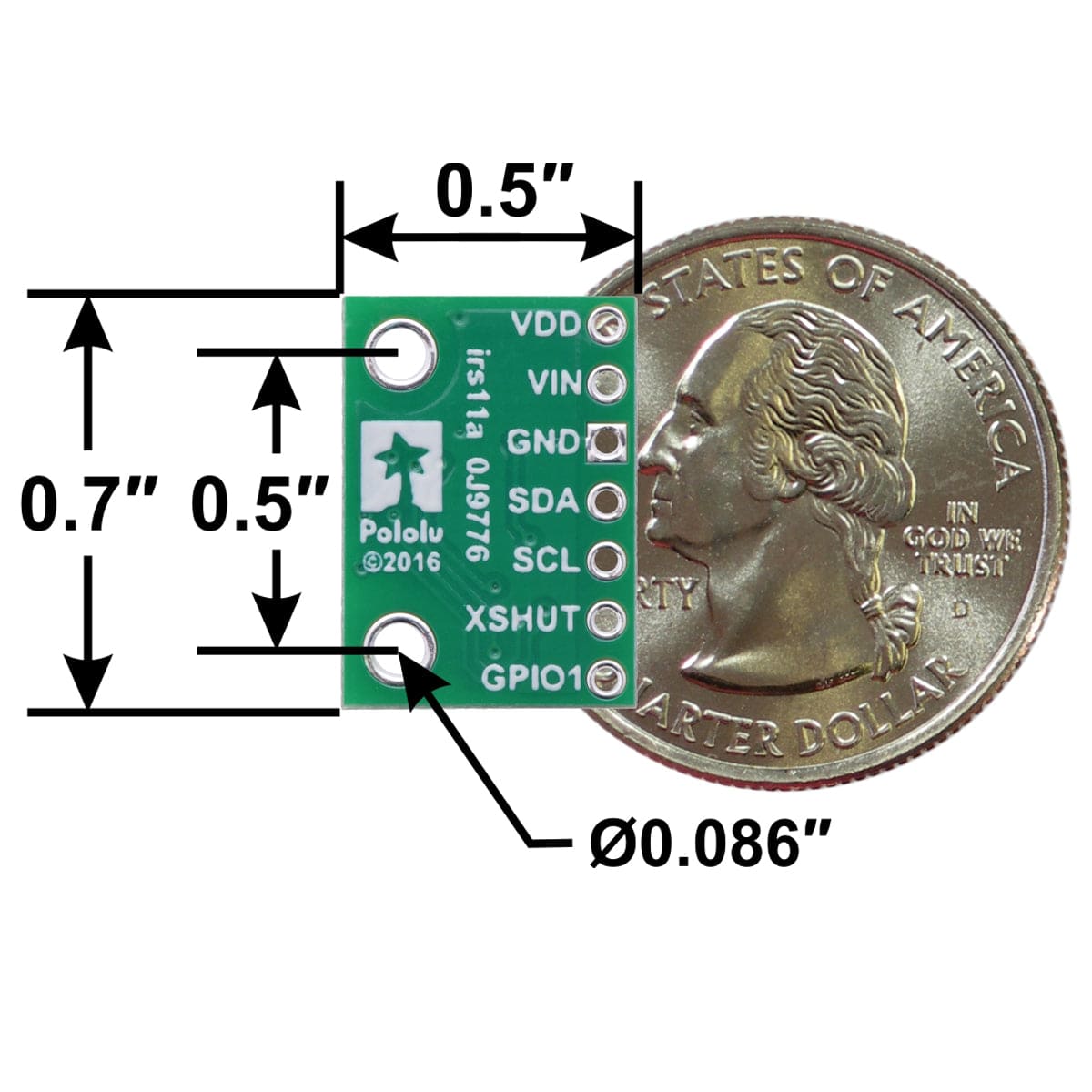
Login / Signup
Cart
Your cart is empty





This sensor from Pololu is a carrier/breakout board for ST’s VL53L4CD laser-ranging sensor, which offers fast (up to 100 Hz) and accurate ranging from 1 mm to 1200 mm.
It uses the time of flight (ToF) of invisible, eye-safe laser pulses to measure absolute distances independent of ambient lighting conditions and target characteristics like colour, shape, and texture (though these things will affect the maximum range).
Distance measurements can be read through a digital I²C interface. The board includes a 2.8 V linear regulator and level-shifters that allow it to work over an input voltage range of 2.6 V to 5.5 V, and the 0.1″ pin spacing makes it easy to use with standard solderless breadboards and 0.1″ perfboards.
Important note: This product might ship with a protective liner covering the sensor IC. The liner must be removed for proper sensing performance.
The VL53L4CD from ST Microelectronics is a time-of-flight (TOF) ranging sensor integrated into a compact module. This board is a carrier for the VL53L4CD, so we recommend careful reading of the VL53L4CD datasheet before using this product.
The VL53L4CD is effectively a tiny, self-contained lidar system featuring an integrated 940 nm Class 1 laser, which is invisible and eye-safe. Unlike conventional IR sensors that use the intensity of reflected light to estimate the distance to an object, the VL53L4CD uses ST’s FlightSense technology to precisely measure how long it takes for emitted pulses of infrared laser light to reach the nearest object and be reflected back to a detector. This approach ensures absolute distance measurements independent of ambient lighting conditions and target characteristics (e.g. color, shape, texture, and reflectivity), though these external conditions do affect the maximum range of the sensor, as do the sensor configuration settings.
Under favorable conditions, such as low ambient light with a high-reflectivity target, the VL53L4CD can report distances from 1 mm to 1.2 m (4 ft) with 1 mm resolution. The sensor’s range timing is configurable, allowing you to choose the right balance between speed, accuracy, maximum distance, and power consumption for your application. See the datasheet for more information on how various external conditions and sensor configurations affect its performance. Ranging measurements are available through the sensor’s I²C (TWI) interface, which is also used to configure sensor settings, and the sensor provides two additional pins: a shutdown input and an interrupt output that can be configured to trigger when a target is detected within a selected distance window.
The VL53L4CD is a great IC, but its small, leadless, LGA package makes it difficult for the typical student or hobbyist to use. It also operates at a recommended voltage of 2.8 V, which can make interfacing difficult for microcontrollers operating at 3.3 V or 5 V. Our breakout board addresses these issues, making it easier to get started using the sensor, while keeping the overall size as small as possible.
The carrier board includes a low-dropout linear voltage regulator that provides the 2.8 V required by the VL53L4CD and allows the sensor to be powered from a 2.6 V to 5.5 V supply. The regulator output is available on the VDD pin and can supply around 100 mA to external devices. The breakout board also includes a circuit that shifts the I²C clock and data lines to the same logic voltage level as the supplied VIN, making it simple to interface the board with 3.3 V or 5 V systems, and the board’s 0.1″ pin spacing makes it easy to use with standard solderless breadboards and 0.1″ perfboards. The board ships fully populated with its SMD components, including the VL53L4CD, as shown in the product picture.
The pins are spaced to work with standard 0.1″ (2.54 mm) male headers and 0.1″ female headers (available separately), making the board easy to use with solderless breadboards and 0.1″ perfboards. The board has two mounting holes that work with #2 and M2 screws (not included).
| Resolution | 1 mm |
| Maximum range | 120 cm |
| Minimum range | 1 mm |
| Interface | I²C |
| Minimum operating voltage | 2.6 V |
| Maximum operating voltage | 5.5 V |
| Supply current | 25 mA |
| Size | 0.5″ × 0.7″ × 0.085″ |
| Weight | 0.5 g |
Important note: This product might ship with a protective liner covering the sensor IC. The liner must be removed for proper sensing performance.

At least four connections are necessary to use the VL53L4CD board: VIN, GND, SCL, and SDA. The VIN pin should be connected to a 2.8 V to 5.5 V source, and GND should be connected to 0 volts. An on-board linear voltage regulator converts VIN to a 2.8 V supply, which can be accessed via the VDD pin, for the VL53L4CD IC. Supply voltages between 2.6 V and 3.5 V can also be connected to VDD (with VIN left disconnected) to bypass the regulator and power the board directly.
The I²C pins, SCL and SDA, are connected to built-in level-shifters that make them safe to use at voltages above VDD; they should be connected to an I²C bus operating at the same logic level as VIN (or VDD, if powering the board through VDD).
The XSHUT pin is an input and the GPIO1 pin is an open-drain output; both pins are pulled up to VDD by the board. They are not connected to level-shifters on the board and are not 5V-tolerant, but they are usable as-is with many 3.3 V and 5 V microcontrollers: the microcontroller can read the GPIO1 output as long as its logic high threshold is below VDD, and the microcontroller can alternate its own output between low and high-impedance states to drive the XSHUT pin. Alternatively, our 4-channel bidirectional logic level shifter can be used externally with those pins.

| Pin | Description |
| VDD | Regulated 2.8 V output. Up to around 100 mA is available to power external components. (If you want to bypass the internal regulator, you can instead use this pin as an input for voltages between 2.6 V and 3.5 V with VIN disconnected.) |
| VIN | This is the main 2.8 V to 5.5 V power supply connection. The SCL and SDA level shifters pull the I²C lines high to this level. |
| GND | The ground (0 V) connection for your power supply. Your I²C control source must also share a common ground with this board. |
| SDA | Level-shifted I²C data line: HIGH is VIN, LOW is 0 V |
| SCL | Level-shifted I²C clock line: HIGH is VIN, LOW is 0 V |
| XSHUT | This pin is an active-low shutdown input; the board pulls it up to VDD to enable the sensor by default. Driving this pin low puts the sensor into hardware standby. This input is not level-shifted and it is not 5V-tolerant. |
| GPIO1 | Programmable interrupt output (VDD logic level). This output is not level-shifted. |
The above schematic shows the additional components the carrier board incorporates to make the VL53L4CD easier to use, including the voltage regulator that allows the board to be powered from a 2.6 V to 5.5 V supply and the level-shifter circuit that allows for I²C communication at the same logic voltage level as VIN.
This schematic is also available as a downloadable PDF.
The VL53L4CD can be configured and its distance readings can be queried through the I²C bus. Level shifters on the I²C clock (SCL) and data (SDA) lines enable I²C communication with microcontrollers operating at the same voltage as VIN (2.6 V to 5.5 V). A detailed explanation of the I²C interface on the VL53L4CD can be found in its datasheet, and more detailed information about I²C in general can be found in NXP’s I²C-bus specification.
The sensor’s 7-bit device address defaults to 0101001b on power-up. It can be changed to any other value by writing one of the device configuration registers, but the new address only applies until the sensor is reset or powered off. ST provides an application note that describes how to use multiple VL53L0X sensors on the same I²C bus by individually bringing each sensor out of reset and assigning it a unique address, and the approach can be easily adapted to apply to the VL53L4CD instead.
The I²C interface on the VL53L4CD is compliant with the I²C Fast-mode Plus (1 MHz) standard.
In contrast with the information available for many other devices, ST has not publicly released a register map and descriptions or other documentation about configuring and controlling the VL53L4CD. Instead, communication with the sensor is intended to be done through ST’s VL53L4CD ultra lite driver (ULD) application programming interface (API) (STSW-IMG026), a set of C functions that take care of the low-level interfacing. To use the VL53L4CD, you can customize the API to run on a host platform of your choice using the information in the API documentation. Alternatively, it is possible to use the API source code as a guide for your own implementation.
ST also provides an alternative VL53L4CD ultra-low power (ULP) API (STSW-IMG034), which configures the sensor as a basic proximity detector with very low current consumption (less than 100 μA in some cases). In this mode, the sensor does not output distance and other data as usual; it simply raises an interrupt when a target is detected. The ULP and standard drivers can be used together to make the VL53L4CD act as a low-power proximity detector, then turn into an accurate ranging sensor once it sees a target.
We have written a basic Arduino library for the VL53L4X, which can be used for interfacing this sensor with an Arduino or Arduino-compatible controller. The library makes it simple to configure the VL53L4CD and read the distance data through I²C. It also includes example sketches that show you how to use the library.
Alternatively, you can try STM32duino’s VL53L4CD library for Arduino, a port of ST’s API that works with the Arduino platform. To install it, search for “STM32duino VL53L4CD” in the Arduino Library Manager. Our own library is intended to provide a slightly more streamlined interface with potentially smaller storage and memory footprints, but the STM32duino library offers some more advanced functionality that our library does not support and has more robust error checking.






